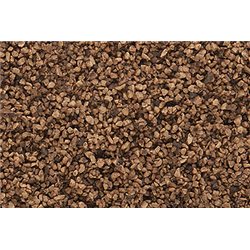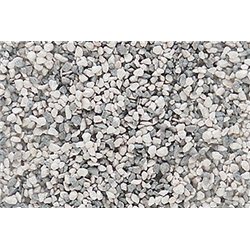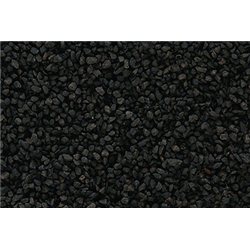Static grass puffer bottles work by manually charging model grass fibres with static electricity. When the charged...
No products
Product successfully added to your shopping cart
There are 0 items in your cart. There is 1 item in your cart.
Search Tips
How many meters of OO track can I cover with a 250g bag of ballast ?
It can be difficult to accurately estimate how many meters of OO track can be covered with a 250g bag of ballast, as this will be highly dependent on the size of the ballast grain in question and how densely it is applied. Ballast is the material that is used to fill the space between the ties on a model railway track, and is used to provide stability and support for the tracks. It is typically made of crushed stone, gravel, or other similar materials.
In general, a 250g bag of ballast should be sufficient to cover a relatively long stretch of track. As a rough estimate, it should be possible to cover between 2 and 4 meters of OO track with a 250g bag of ballast, depending on the specific characteristics of the ballast and how densely it is applied. Although a rough estimate, this should still be a good yardstick to follow for a prudent approach with most grain sizes.
Click here to receive the tips weekly in your mailbox. You can unsubscribe at any time.










